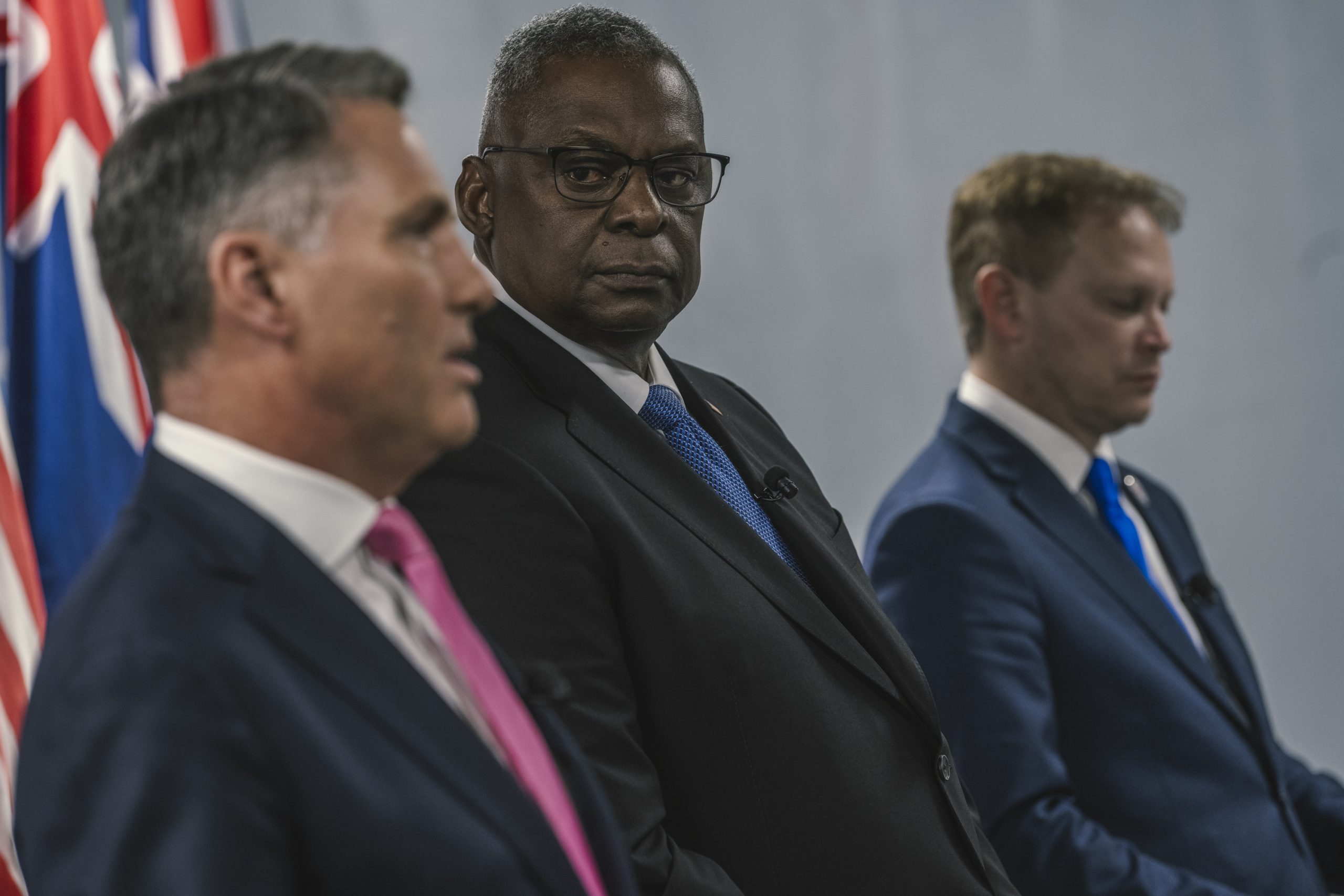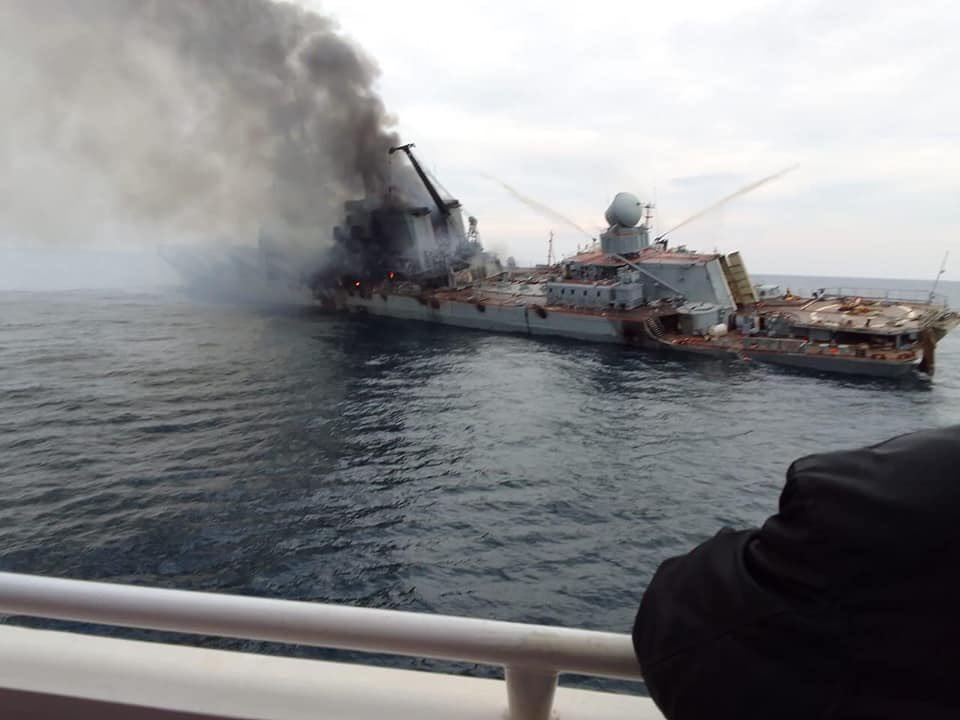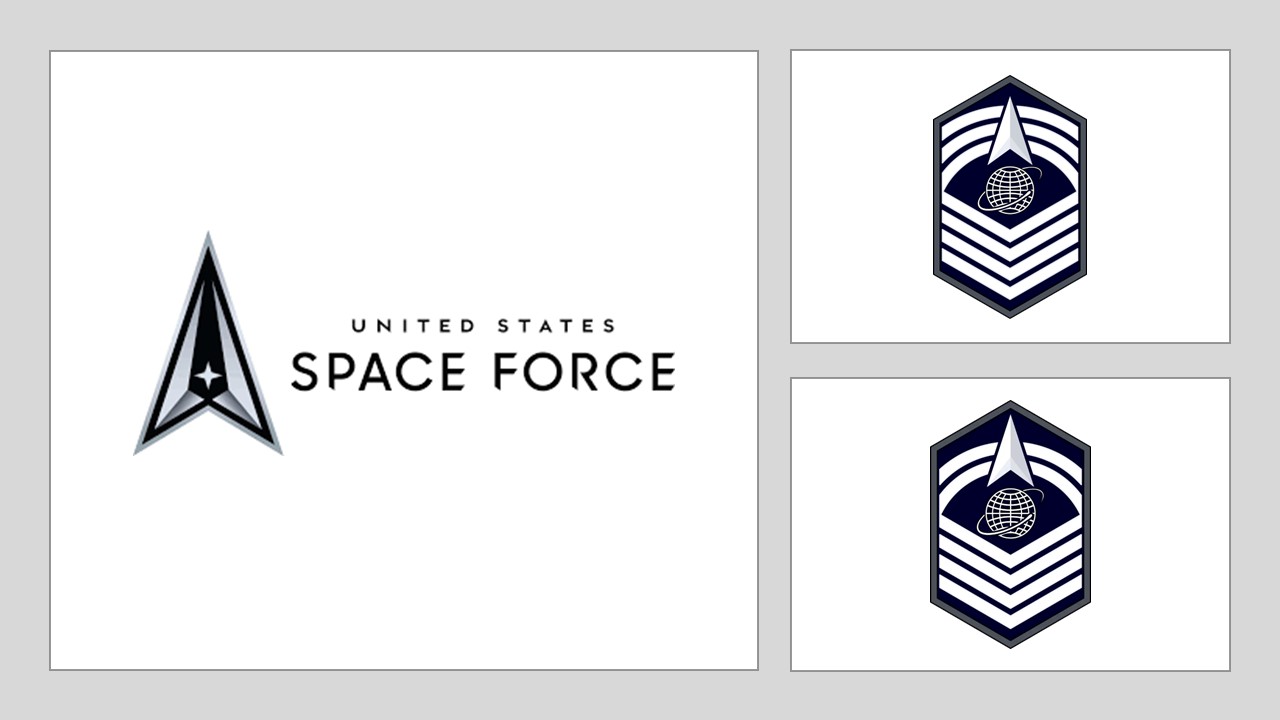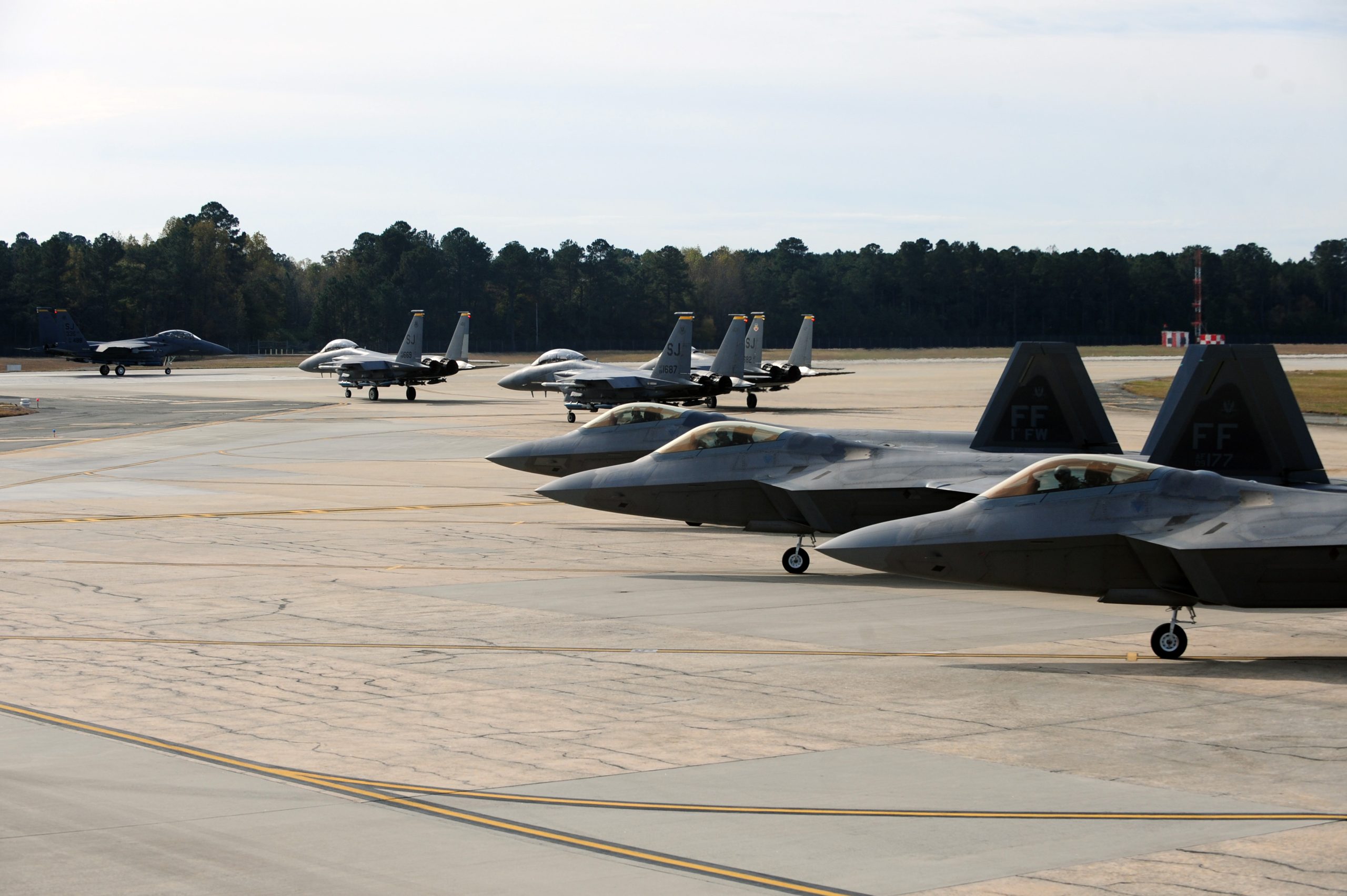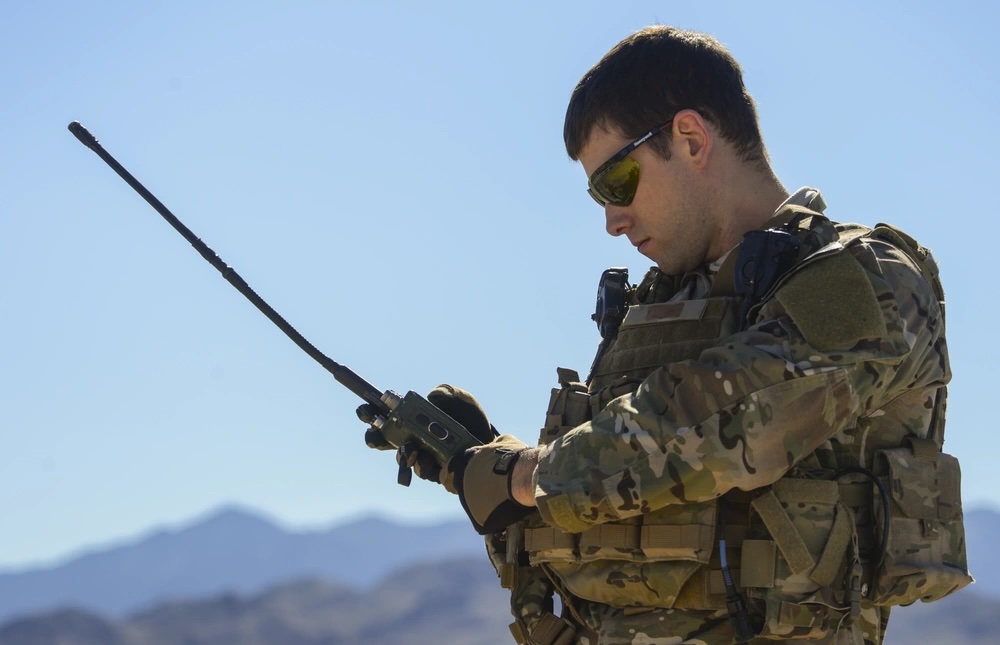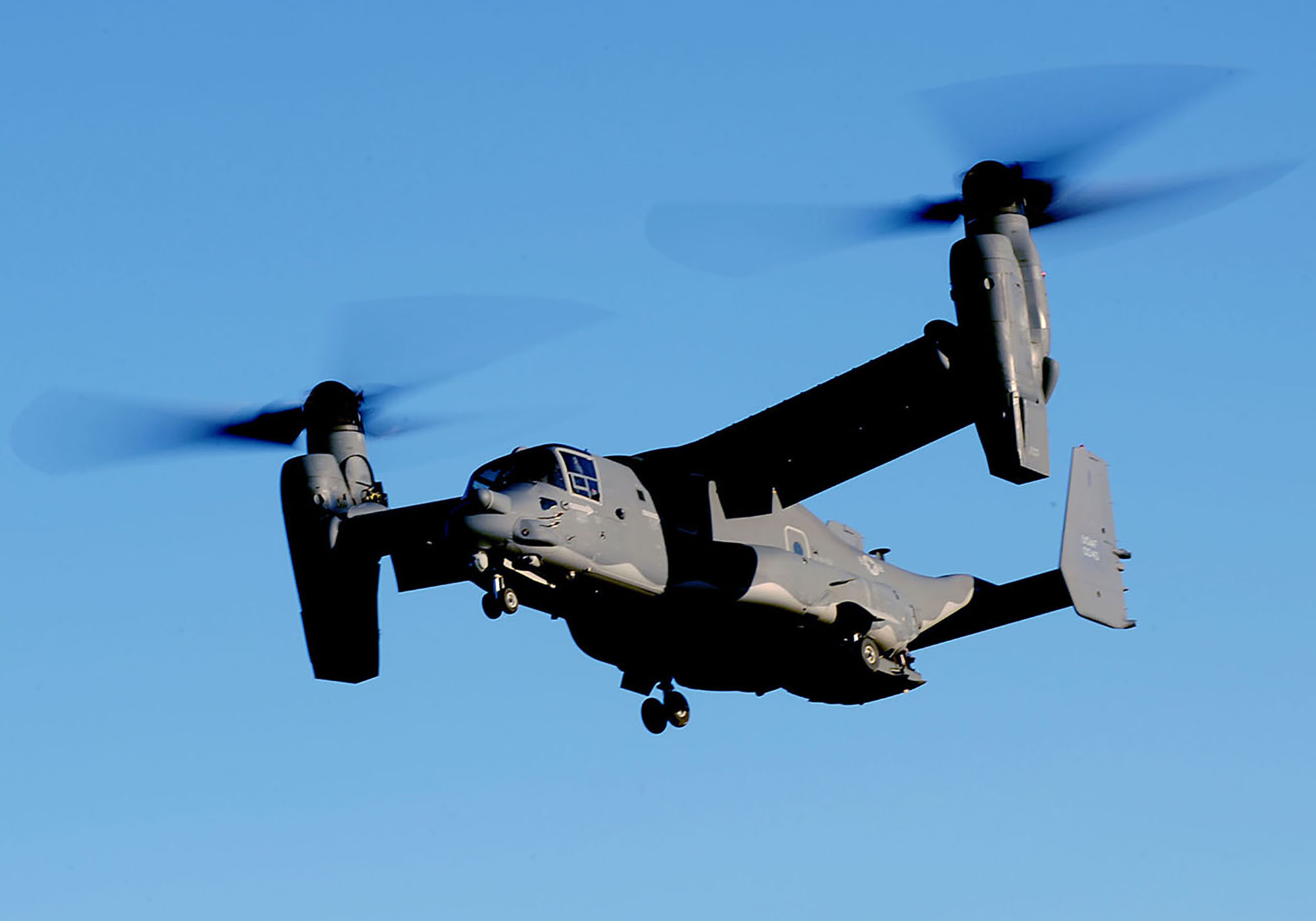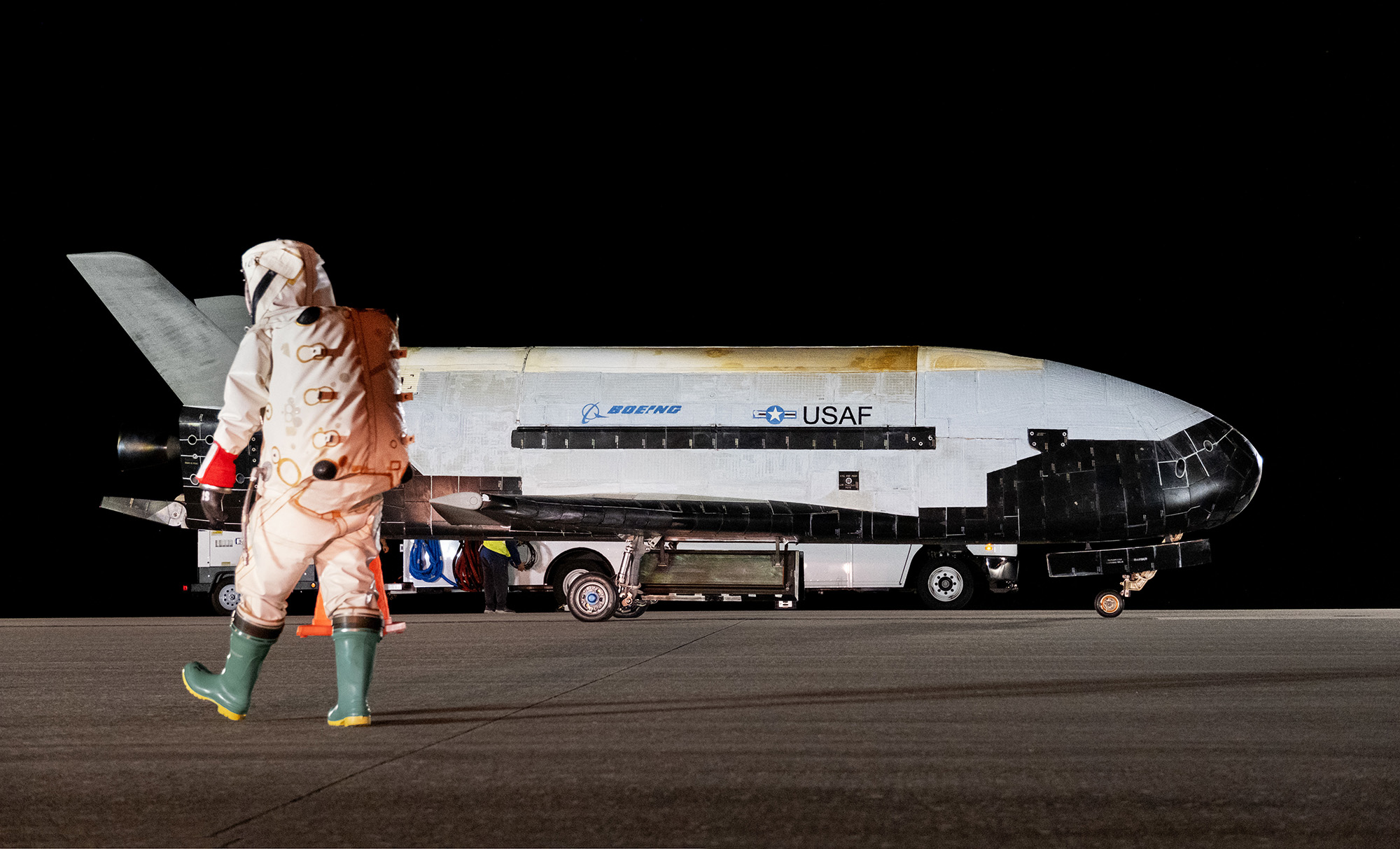SIMI VALLEY, Calif.—The U.S., U.K., and Australia have agreed to place advanced space tracking radar sites in their countries in a major new initiative that will expand the AUKUS agreement.
The three countries will host and operate the Deep Space Advanced Radar Capability (DARC), a state-of-the-art ground-based radar system, by the end of the decade.
“It is all in process, it is in motion, and it is real,” Dr. Mara Karlin, the Department of Defense’s number two policy official, told Air & Space Forces Magazine in an interview at the Reagan National Defense Forum on Dec. 2, a day after the new AUKUS agreements were reached. “We put some real meat on the bones.”
Though it was initially conceived as a pact to provide Australia with nuclear-powered submarines, the AUKUS agreement now stretches from undersea to outer space. The acronym stands for the collaboration between Australia, the United Kingdom, and the United States and was formalized in March 2023.
The DARC initiative and other cooperation between the three countries received a boost when their defense chiefs—Secretary of Defense Lloyd J. Austin III, Britain’s Defense Secretary Grant Shapps, and Australia’s Defense Minister Richard Marles—gathered together at the headquarters of the Defense Innovation Unit in Silicon Valley on Dec. 1 to formalize an array of new agreements as part of so-called Pillar II of the AUKUS agreement, which focuses on developing advanced military technologies
“Many AUKUS-related advanced capability activities remain classified,” the ministers noted in a Dec. 1 joint statement after the meeting.
The DARC initiative, however, is not a secret. The first site will be in Western Australia and is expected to be operational in 2026. Two more sites, one in the U.K. and one in the U.S., are to follow by the end of the decade.
“It goes beyond talking in generalities,” said Charles Galbreath, a retired Space Force colonel and senior fellow for space studies at the Mitchell Institute for Aerospace Studies. The DARC sites will be linked together and will boost all three nations’ ability to gather and share data.
Most of the U.S.’s ground-based space domain awareness capabilities consist of Cold War-era missile tracking radars or decade-old optical sensors that were not designed for the current space environment. DARC provides a way to strengthen the Space Force’s domain awareness, which officials said must be improved as the number of satellites and the amount of debris in orbit increase.
“DARC offers higher sensitivity, better accuracy, increased capacity, and more agile tracking than current radars capable of tracking objects in Geosynchronous Earth Orbit,” according to the Space Force. “Its ability to provide global monitoring extends beyond inclement weather and daylight, which are limitations of current ground-based optical systems.”
In a Dec. 2 news release, assistant secretary of defense for space policy Dr. John Plumb cited the ability to “leverage the geography” of the three countries. That point was echoed by Chief of Space Operations Gen. B. Chance Saltzman and top military space officers from the U.K. and Australia.
“Shared domain awareness is going to become increasingly important, not just for us to track objects and avoid collisions, but also to monitor activities, identify threats, and then make informed decisions about how best to respond,” Galbreath said. “That’s going to be important for the United States and our allies in a potential future conflict.”
The locations of the countries are “optimally positioned” for the DARC system, which will be built by Northrop Grumman, particularly for tracking objects in Geosynchronous Earth Orbit (GEO), according to the Space Force.
“You have to have sites scattered around the world,” said Brian Weeden, a former Air Force space operations officer at the Secure World Foundation. “By geographically spacing around all these radars and telescopes, linking them all together, sharing data between them, you get a much better network than what any one country can do by itself.”
Though much of the work under Pillar II remains under wraps, the collaboration covers agreements in artificial intelligence, quantum computing, and domain awareness, including DARC. The focus is “making sure that U.S, U.K., and Australian warfighters are able to see what’s happening, understand what’s happening, make decisions, and then act with decisive advantage,” Karlin said. “That’s an important frame as we’re trying to further build it out.”
DARC is a real-world example of how the U.S. is increasingly relying on partners who, just a few years ago, were not involved in military space operations, she noted.
“The National Defense Strategy talked about how we need a resilient space architecture,” Karlin said. “What a fantastic case study of helping to make that a reality by working with our allies.”
